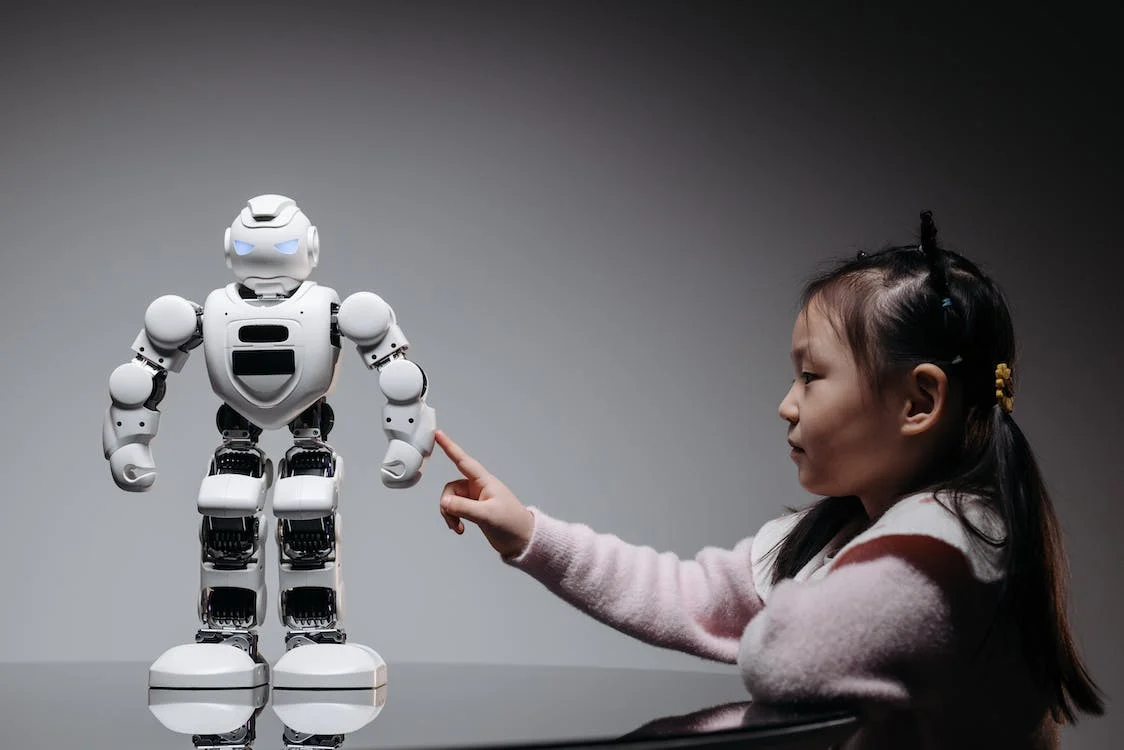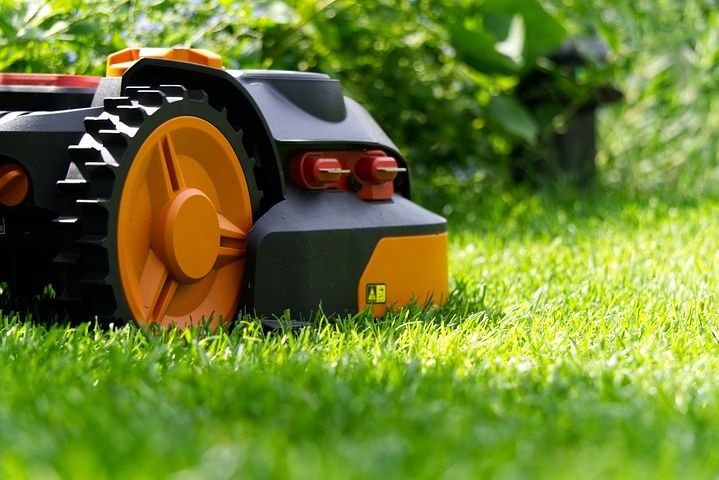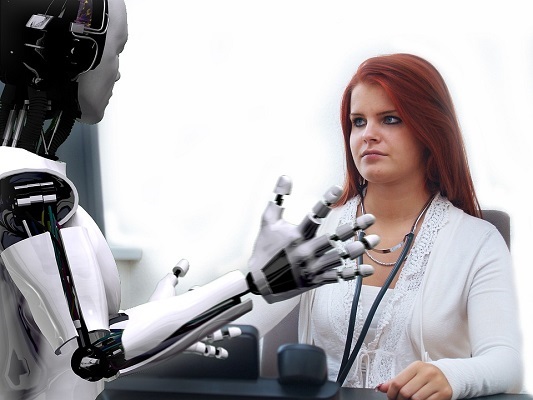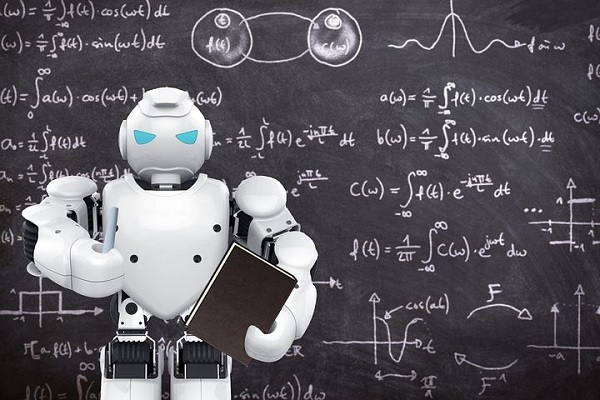Artificial Intelligence
5 Unexpected Things Home Robots Can Do
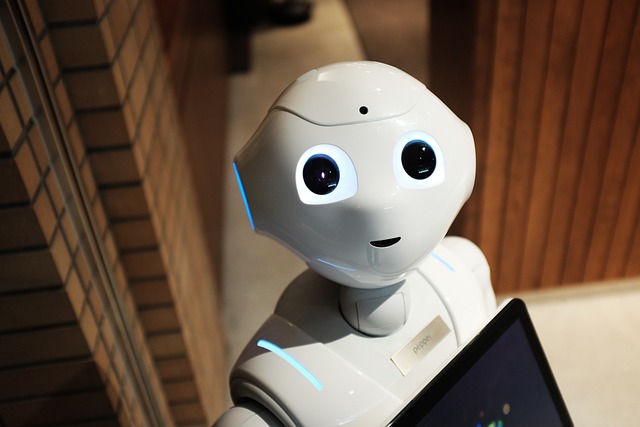
In recent years, robots that can assist with cleaning, cooking, and other household tasks have become increasingly popular. However, as technology continues to improve, so do the capabilities of these helpful bots.
In this article, we will explore 5 unexpected things home robots can do. From providing companionship to gardening and plant care, these robots are proving to be more versatile than we ever imagined. So, let’s dive in and discover the amazing capabilities of these fantastic machines.
1. Provide companionship and emotional support
Home robots are no longer simply for completing rote tasks such as cleaning and cooking. They can also provide invaluable companionship and emotional support, particularly for those who may be living alone or experiencing social isolation.
Many modern home robots are equipped with features designed to improve a user’s emotional wellbeing. For instance, some robots are capable of carrying on conversations with humans, providing support through active listening and responding appropriately. Others can mimic emotions through facial expressions and tone of voice, comforting users who may be feeling down or anxious.Or, for example, LOVOT, pet robot, described in ExpressVPN blog post on home robots, that might be very appealing and cause great emotions in its owners.
For elderly or disabled individuals, home robots can help mitigate the negative effects of loneliness and social isolation. These robots can make phone calls, send text messages, and even connect with loved ones through video chats, providing a sense of connection that may be difficult to achieve otherwise.
2. Assist with gardening and plant care
Home robots are becoming increasingly proficient at tasks traditionally outside of their realm of capabilities, including gardening and plant care. With the right hardware and software, these robots can help individuals maintain thriving gardens and greenery in and around their homes.
One way that home robots are helping with gardening is by monitoring plant health. Sensors installed on the robots can measure variables such as soil moisture, pH, and temperature, and then use the data to determine if any plants require water, nutrients, or other interventions. These robots can then distribute water or fertilizer in precise amounts, helping to keep plants healthy and thriving.
They can also perform tasks such as pruning, trimming, and fertilizing plants. This can be especially helpful for individuals who may not have the time, energy, or physical ability to perform these tasks themselves. Robots can also navigate difficult terrain, such as steep inclines or difficult-to-reach corners of a garden, to tend to plants that may otherwise be neglected.
In addition to helping individual gardeners, home robots can also be used in large-scale agricultural operations to increase efficiency and productivity. By taking over some of the time-consuming and labor-intensive aspects of plant care, these robots can help farmers focus on other important tasks, such as planning and logistics.
3. Help with medication management and monitoring health
Home robots are now being designed to assist individuals and healthcare providers with medication management and monitoring health. With the development of new technologies such as sensors, artificial intelligence, and machine learning, these robots can help users stay on top of their health and wellness in a variety of ways. For instance, an article in Medical Device Network shares that hospitals use surgical, exoskeletons, hospital, and care robots.
One important task that home robots can help with is medication management. By using sensors and cameras, these robots can help users remember to take their medications on time, and can even dispense the correct medicines in the correct dosages. Additionally, these robots can remind users when it is time to order a refill or schedule a doctor’s appointment.
Home robots can also help with monitoring health, particularly for elderly or disabled individuals who may require more frequent check-ins. By monitoring vital signs such as heart rate, blood pressure, and temperature, these robots can alert healthcare professionals if there are any concerning changes. This can be especially useful in cases where patients are recovering from a procedure or managing a chronic condition, as it can help catch potential problems early.
In addition to assisting with medication management and monitoring health, home robots can also provide users with personalized health coaching, offering advice on nutrition, exercise, and other healthy habits. This can be particularly useful for individuals who may not have access to a traditional healthcare provider or who prefer a more personalized approach to their health and wellness.
4. Work as a personal assistant for scheduling and organization
Home robots aren’t just for simple household tasks or helping with health and wellness – they can also function as personal assistants to keep users organized and on-task. Using artificial intelligence and machine learning, these robots can help with everything from scheduling appointments to managing to-do lists, providing users with an almost-human level of assistance and organization.
One key way that home robots can help with organization is through scheduling. By synchronizing with users’ calendars, these robots can keep track of upcoming appointments, meetings, and events, and can even help with scheduling travel arrangements and transportation. Additionally, the robots can maintain reminders and notifications, either via voice or on-device pop-ups, to ensure that users are always on schedule.
Another way that home robots can function as personal assistants is by managing to-do lists and reminders. Users can create and maintain lists of tasks, groceries, or even exercise goals, and the robot can help prioritize and organize them based on user preferences. The robots can even work with other smart home devices, such as smart refrigerators or fitness trackers, to provide even more streamlined assistance.
In addition to scheduling and organizing, home robots can also perform tasks such as online shopping or food delivery, making daily life even more hassle-free. The robots can order groceries, have items delivered to users’ homes, and even provide recommendations for new products or services based on user preferences.
5. Act as an educational tool for children and adults alike
Home robots have the potential to be powerful educational tools for users of all ages. With a variety of features such as interactive storytelling and educational games, robots can help individuals learn and develop valuable skills, as well as provide entertainment and engagement.
One way that home robots can be used for education is through interactive storytelling. Robots can read stories aloud to users, providing a more engaging and interactive experience than simply reading words on a page. Additionally, robots can track where users are in a story and ask comprehension questions, helping to reinforce learning and development.
Another way that home robots can be used for education is through games that are designed to improve users’ critical thinking, problem-solving, and decision-making skills. These games can be tailored to different age groups and skill levels, providing a personalized learning experience. Additionally, robots can provide feedback and reinforcement to users, helping them to learn and progress at their own individualized pace.
Home robots can also function as language tutors. By using speech recognition and translation technologies, these robots can assist users in learning new languages and practicing their skills. This can be especially useful for individuals who do not have access to in-person language instruction, or who may want to improve their language skills on their own time.
Summary:
These machines are no longer simply for completing household chores but can fulfill a variety of functions that range from companionship and emotional support to educational and healthcare assistance. Home robots can help with gardening and plant care, monitor health and assist with medication management, function as personal assistants, and serve as educational tools.
The possibilities for what these incredible machines can do are limited only by our imaginations, and as technology continues to improve, we can expect even more surprising and exciting developments in the field of home robotics.
-
Blog1 year ago
MyCSULB: Login to CSULB Student and Employee Portal – MyCSULB 2023
-
Android App3 years ago
Cqatest App What is It
-
Android1 year ago
What Is content://com.android.browser.home/ All About in 2023? Set Up content com android browser home
-
Software2 years ago
A Guide For Better Cybersecurity & Data Protection For Your Devices
-
Latest News2 years ago
Soap2day Similar Sites And Alternatives To Watch Free Movies
-
Android2 years ago
What is OMACP And How To Remove It? Easy Guide OMACP 2022
-
Android3 years ago
What is org.codeaurora.snapcam?
-
Business2 years ago
Know Your Business (KYB) Process – Critical Component For Partnerships

